Breast cancer has rapidly become the most common cancer among women in India, with cases rising at an alarming pace over the last decade. This escalating trend is a stark concern, largely driven by late-stage diagnoses due to limited awareness, ingrained stigma, and restricted access to early screening. Contributing to the growing risk are shifts in lifestyle due to urbanization, sedentary behaviors, dietary changes, and late childbearing.
The challenge is compounded by glaring disparities between urban and rural areas. Urban women, with better access to screenings like mammograms, are more likely to detect breast cancer early. In contrast, rural women often lack awareness of symptoms and available interventions, leading to late-stage diagnoses when treatment is far less effective.
Addressing this pressing issue demands decisive action. Public health initiatives must prioritize education, promote early detection, and ensure affordable treatment. Campaigns should also focus on demystifying breast cancer, encouraging self-examination, and integrating routine screenings into primary healthcare systems. Simultaneously, reducing stigma and fostering supportive environments for women is critical.
The rising burden of breast cancer serves as a wake-up call for all stakeholders. India must channel collective efforts to establish a robust healthcare ecosystem capable of tackling this silent epidemic. The key to saving lives lies in early action.
In an exclusive conversation with The Interview World, Dr. Vaneeta Kapur, Radiologist at Fortis La Femme, provides valuable insights into addressing these concerns. She discusses the essential health services required for women’s care, evaluates the current state of breast cancer detection in India, and identifies key factors driving the rise in cases. Dr. Kapur emphasizes the innovative use of blind women’s heightened touch sensitivity in detecting breast lumps, underscores the critical role of early detection in improving survival rates, and highlights the importance of advocacy and awareness campaigns in strengthening breast cancer prevention and detection efforts.
Here are the key takeaways from her enlightening conversation.
Q: What types of integrated health services are essential to address women’s unique health needs effectively?
A: It is crucial to prioritize awareness among women about their health needs, alongside regular lab testing. Every woman over 40 should undergo an annual mammogram, supplemented by an ultrasound if necessary—never the other way around. The process should not begin with an ultrasound leading to a mammogram.
Additionally, a comprehensive abdominal ultrasound, including a vaginal scan, is essential. The vaginal scan plays a vital role in assessing the uterine lining and evaluating the condition of the ovaries. This method enables the early detection of cancers and provides critical insights into overall health.
Equally important are regular assessments such as pap smears, which help monitor cervical health, and evaluations of muscle mass to detect any signs of reduction. Women should also track visceral and subcutaneous fat levels and, as they approach perimenopause, pay close attention to bone density. These proactive measures ensure timely detection of potential health issues and support long-term well-being.
Q: What is the current state of breast cancer detection in the country, and what challenges or advancements are shaping it?
A: The GLOBOCAN 2020 report reveals a startling fact: India is now the fastest-growing country for breast cancer. Previously, 1 in 28 urban Indian women was affected. Today, that number has worsened to 1 in 22, and some projections suggest it could rise to 1 in 12 within the next five years—regardless of socio-economic background. This marks a potential public health crisis.
Tragically, most Indian women are diagnosed only at stages 3 or 4, when they detect a lump or experience symptoms. Routine screening is uncommon, and opportunistic screening is rare. Women typically seek help only when symptoms become apparent. However, this issue is not solely the woman’s responsibility. It is also a collective failure of the family and the referring physician. Everyone—family, physicians, and the women themselves—must be aligned in understanding the importance of timely screenings and knowing which investigations to pursue.
Q: What are the key factors contributing to the rise in breast cancer cases in India?
A: The leading cause of cancer is not heredity, but rather lifestyle. Our lifestyles have drastically changed. We now consume more junk food and less nutritious meals. Stress levels have increased, and life has become faster-paced. We rely on food deliveries instead of cooking at home. On top of this, environmental pollutants are widespread. This faster, unhealthier way of life leaves people vulnerable, as many fail to take the necessary steps to protect their health.
Q: During your address, you mentioned that blind girls can detect breast cancer through tactile sensation. Could you elaborate on this innovative approach and how your organization is utilizing their heightened sense of touch to enhance early detection efforts?
A: Our organization has not yet explored this initiative, but I have been associated with others where blind girls have demonstrated extraordinary tactile sensitivity. Their ability to touch and feel is highly developed—far surpassing even that of a trained physician. These girls can detect lumps in the breast that a doctor might miss. While a trained physician can typically feel lumps as small as 2 cm, these girls can identify lumps as small as 1 to 1.5 cm—lumps that neither the patient nor the doctor can feel.
This presents a dual advantage. First, it provides employment opportunities for blind girls. Second, it offers a significant outreach program for the government of India. These girls can reach rural areas, helping to detect cancer at an earlier stage—if not stage one, at least stage two—ensuring that patients do not progress to stages three or four.
Q: What are the success rates or chances of a cure when breast cancer is detected early?
A: If detected at stage 1, breast cancer boasts a remarkable survival rate of over 98% for a lifetime. Stage 2 follows closely, with a survival rate of up to 92%. However, once cancer advances to stages 3 and 4, the survival rate plummets dramatically, falling below 50 or 60%.
Q: What role do advocacy and awareness campaigns play in improving breast cancer detection and prevention?
A: I believe awareness campaigns are the key to progress. Without raising awareness, we cannot drive change. India is a land of contrasts—multiple Indias coexist within one. Even within a single city, there are countless layers. Take the slum populations, for example, living alongside grand bungalows. If we reach into every corner and educate women, they will empower themselves and, in turn, educate their children. We see this in schools and colleges, where young girls bring knowledge home, passing it on to their mothers. Advocacy is crucial for driving this change, and it will pave the way for public-private partnerships to advance the cause.


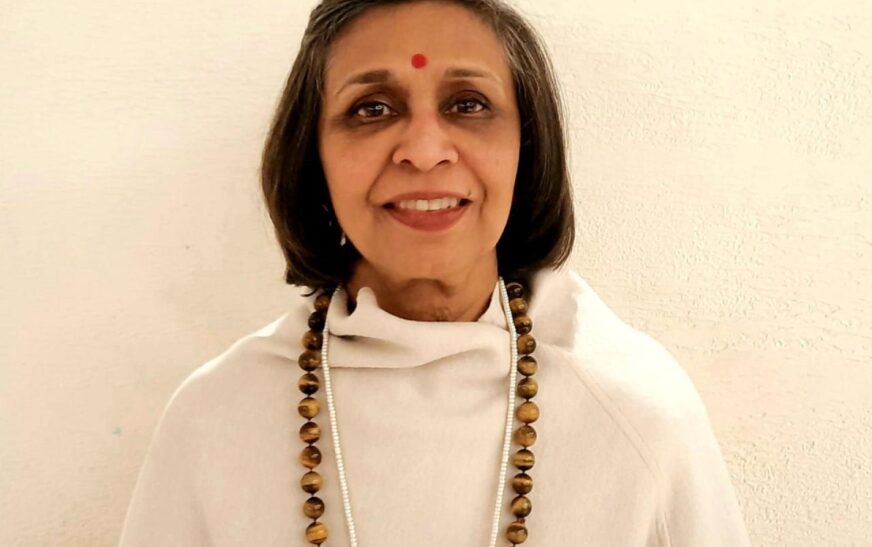
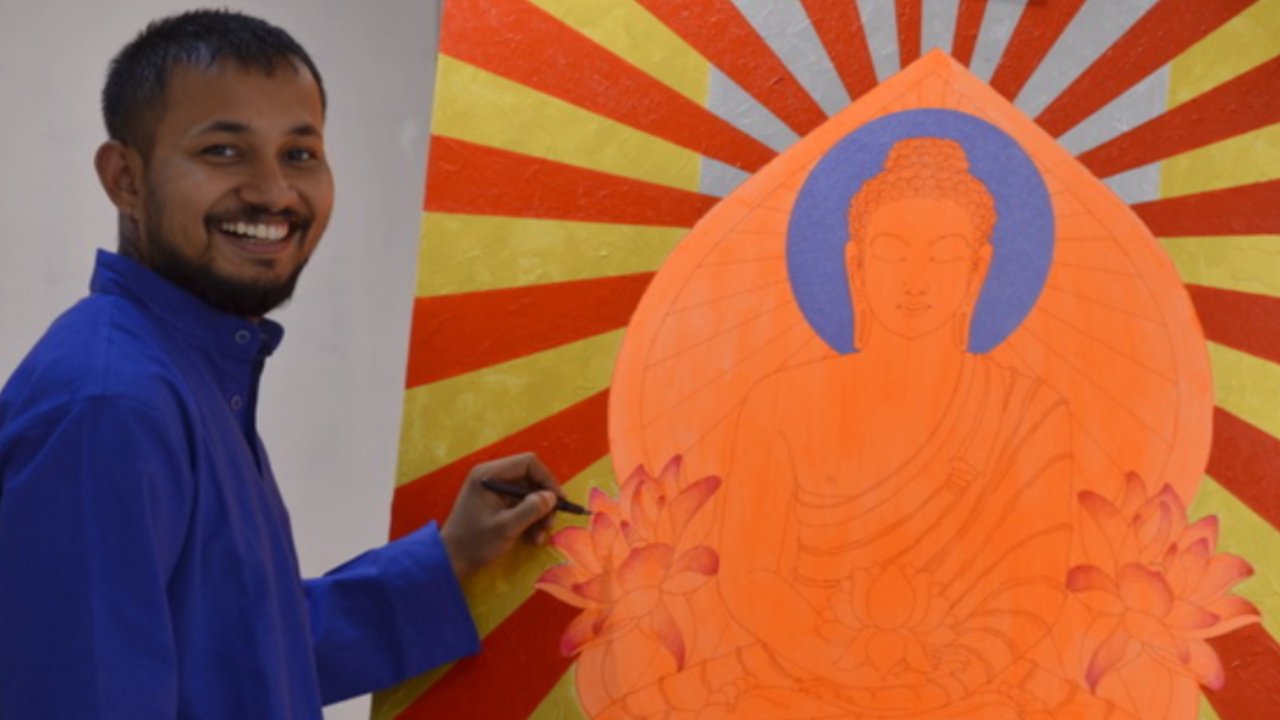
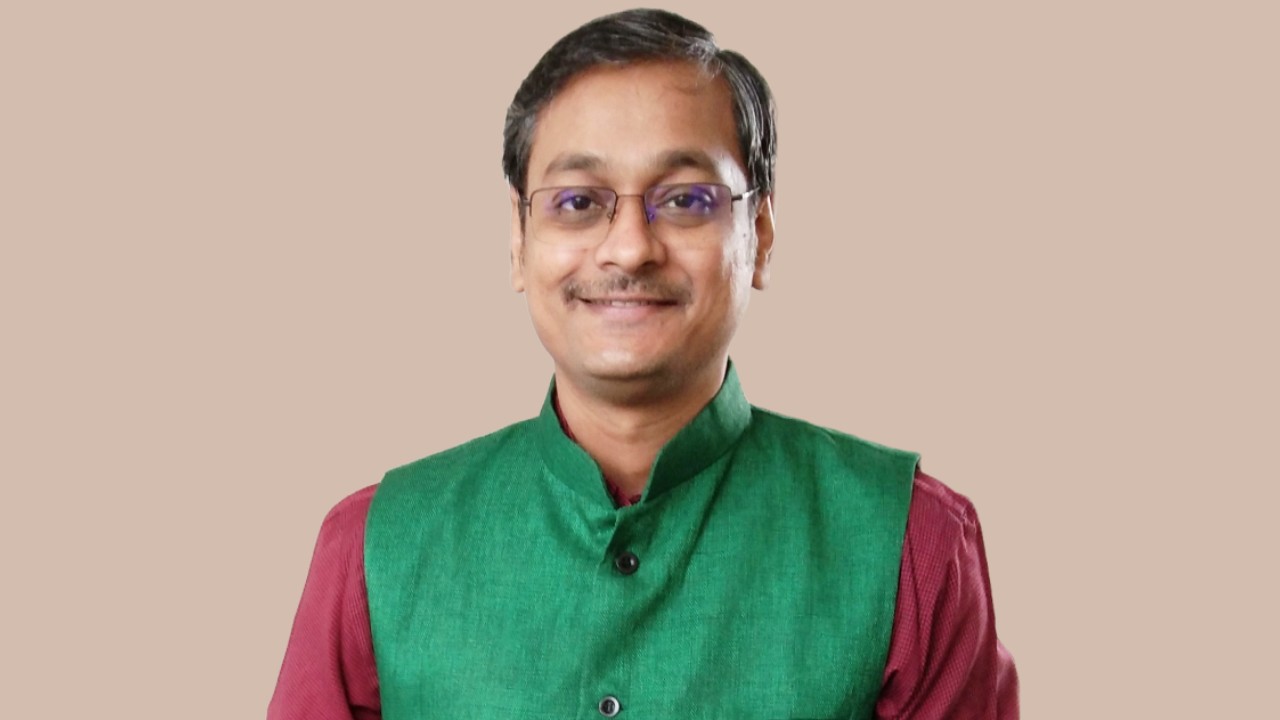
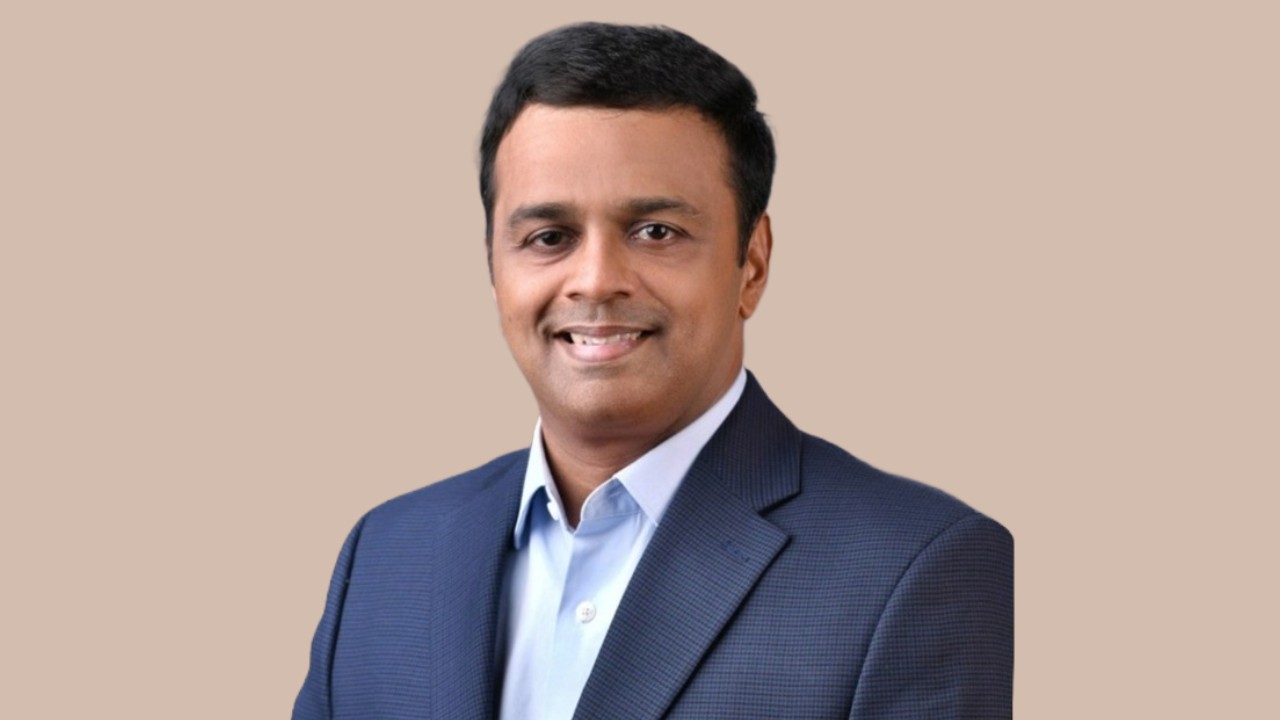
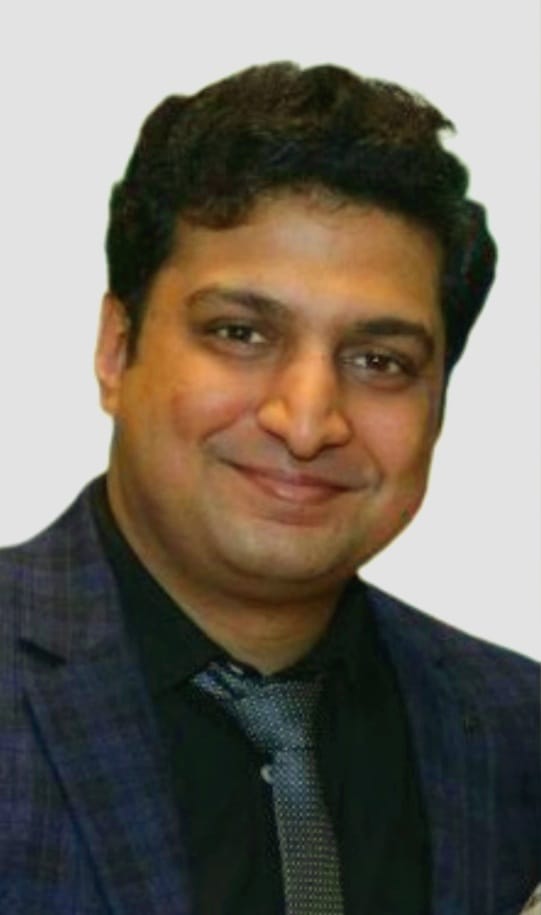
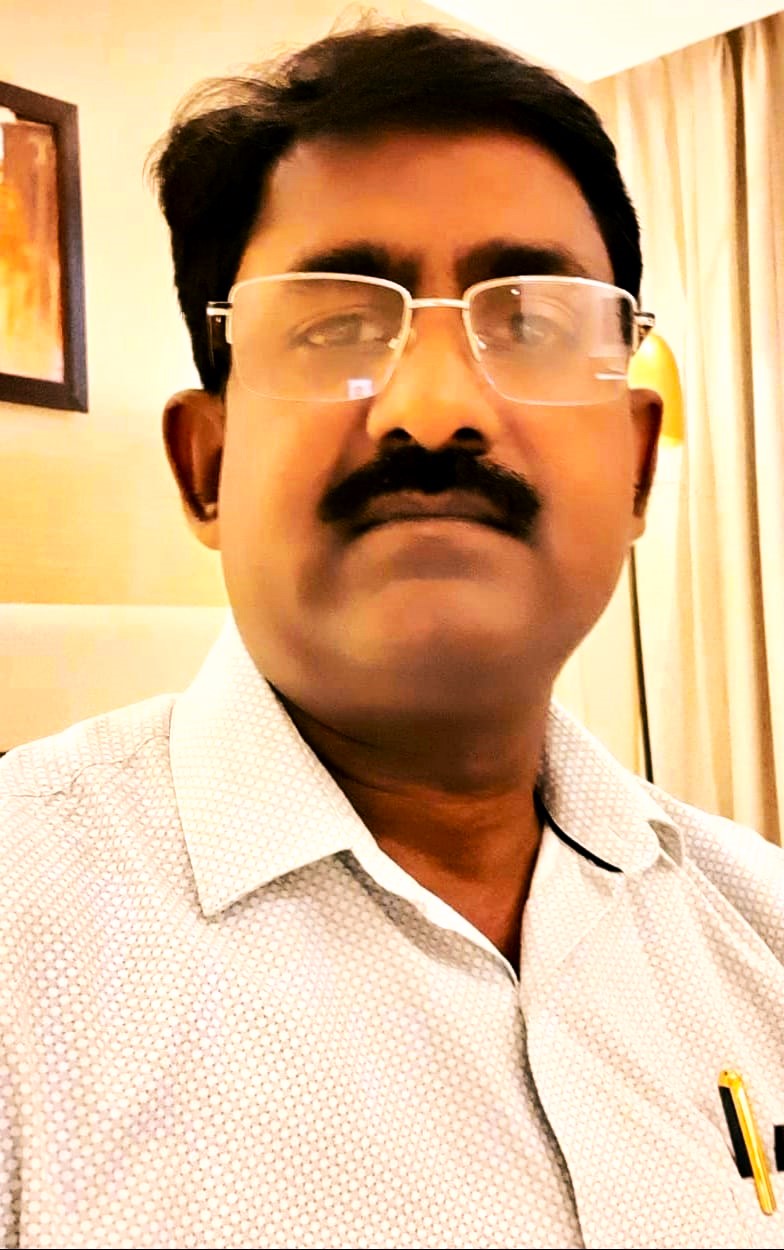


1 Comment
I was looking through some of your blog posts on this site and I conceive this internet site is really instructive! Keep posting.
Comments are closed.